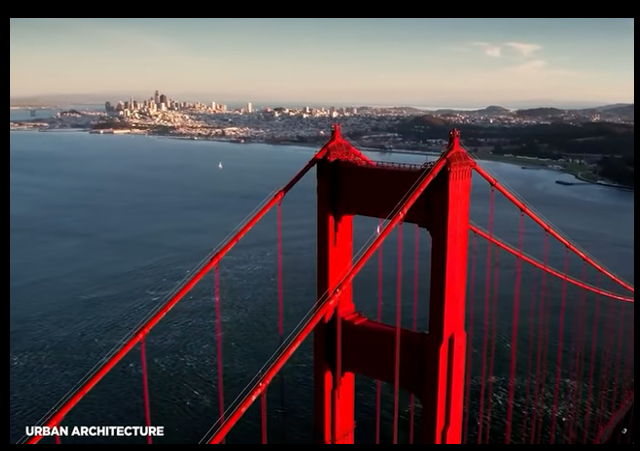San Francisco’s Glitzy Hotels Being Shaken by Fiscal Earthquake of Massive Debt

In 1906, San Francisco was rocked by a massive shift along the San Andreas Fault, which bisects the San Francisco Peninsula just to the west of the city.
Now, the city’s glitzy hotels are being shaken by another earthquake—a fiscal one caused by massive debt.
San Francisco’s hospitality business imploded during the pandemic. Now, its hotel owners are drowning in bad debt as never before.In the city’s metropolitan area, the delinquency rate among commercial mortgage-backed security loans for the lodging sector skyrocketed to 41.6% in June from 5.7% in June 2023, according to data from real-estate analytics firm Trepp. It is the largest increase across the country’s 25 largest metro areas.The sharp drop-off in visitors since before the pandemic is squeezing the city’s hospitality sector. Weekend hotel occupancy in June, a rough proxy for leisure travel, is down around 22% since 2019 in the San Francisco-San Mateo region, versus 4% nationwide, according to data firm CoStar Group.
Of course, “quality of life” concerns are not making the city more appealing to people…as well as that Big Tech giants like Musk’s X are leaving the area.
Open air drug markets, a growing homeless population, and increased crime has left many San Francisco neighborhoods in turmoil.Compounding the issue is a strong dollar, which is encouraging more Americans to travel abroad.Meanwhile, Chinese tourists, a major source of visitors, are deterred by the strong dollar and economic uncertainty….Visitor numbers have also been hit by the decision of tech companies like Google and Meta to move out of the Moscone Center, its main convention center.Business travelers would often extend their trips for a few days to enjoy the Bay Area at leisure, but conferences have now shifted to areas such as Las Vegas instead.Now, the city travel association expects 26 percent fewer events and 31 percent fewer room-nights from those events at the Moscone Center this year compared with last.
To turn things around, the city offers “free rent” to businesses.
Under the program, city and business leaders provide free rent for up to six months, as well as other funding for business expenses and incentives like technical and business permit assistance, to entrepreneurs who want to set up shop in empty spaces, many of which are on the ground floor of office buildings.The hope is that these pop-up operations will pay rent and sign longer leases after the free-rent period is over, and that their presence will regenerate foot traffic in the area.Some 850 entrepreneurs initially applied for a slot, and 17 businesses were chosen to occupy nine storefront spaces last fall. Out of those businesses, seven extended their leases and now pay rent. Eleven businesses were selected in May for the program’s second cohort, which started operating their storefronts this summer.
I have to say, those statistics are less than impressive. Furthermore, I imagine that a city that has poop maps gives free beer and vodka shots to the homeless, celebrates open-air drug markets, and has more drug addicts than high school students, is not at the top of most people’s vacation list.
Meanwhile, San Franciscans whistle past the graveyard and pretend it is not in a doom loop.
One year after San Francisco was introduced to the concept of a “doom loop,” in which fears of a remote-work-fueled real estate “apocalypse” would trigger mass tax shortfalls, budget cuts and out-migration, the city has yet to spiral into the worst-case scenario, experts say.But the recovery remains very shaky, with the city cutting spending as it grapples with a budget deficit that could reach a staggering $1.36 billion by 2027 — the equivalent of nearly 10% of this year’s total budget.
CLICK HERE FOR FULL VERSION OF THIS STORY